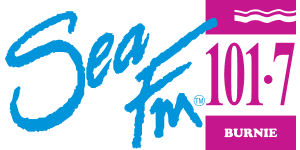
West Coast Wilderness Railway
History that moves you

Contact details
- Address
- 1 Driffield Street, Queenstown, TAS, Australia, Tasmania
- Email West Coast Wilderness Railway
- Phone
- 61 (0)3 6471 0100
- Website
- Visit West Coast Wilderness Railway
- Mon
- 9 AM to 4 PM
- Tue
- 9 AM to 4 PM
- Wed
- 9 AM to 4 PM
- Thu
- 9 AM to 4 PM
- Fri
- 9 AM to 4 PM
- Sat
- 9 AM to 4 PM
- Sun
- Closed
Join us onboard to learn how a failed gold mine in a remote and wild corner of lutruwita/Tasmania became one of the richest mines in the world – and how vision and tenacity changed the course of history.
Hearing of gold on lutruwita’s West Coast, two Irish brothers and a Fin set up camp below a rocky outcrop on Mt Lyell in 1884. Despite finding gold, their luck ran dry within just a few years and Mt Lyell withheld its rich centre.
They were followed by James Crotty, who led a syndicate of men financed by an interested party in Hobart. Crotty and his colleagues continued to mine at Iron Blow, as the rocky outcrop would become known. Their efforts would almost send them broke.
By the late 1880’s word of silver mines in Zeehan had reached Bowes Kelly, a one-time miner whose luck rivalled only his determination to succeed. On a visit to the Silver City, the word of a learned colleague and friend saw Bowes Kelly strike out to tour Mt Lyell. He liked what he saw.
James Crotty may have thought he sold Bowes Kelly a failing gold mine, but Bowes Kelly had bought a copper mine. A copper mine surrounded by an incredible rainforest in one of the wettest, most remote corners of the world.
But how would he transport the copper from the mine to the coast and realise the riches that Mt Lyell had finally yielded?
